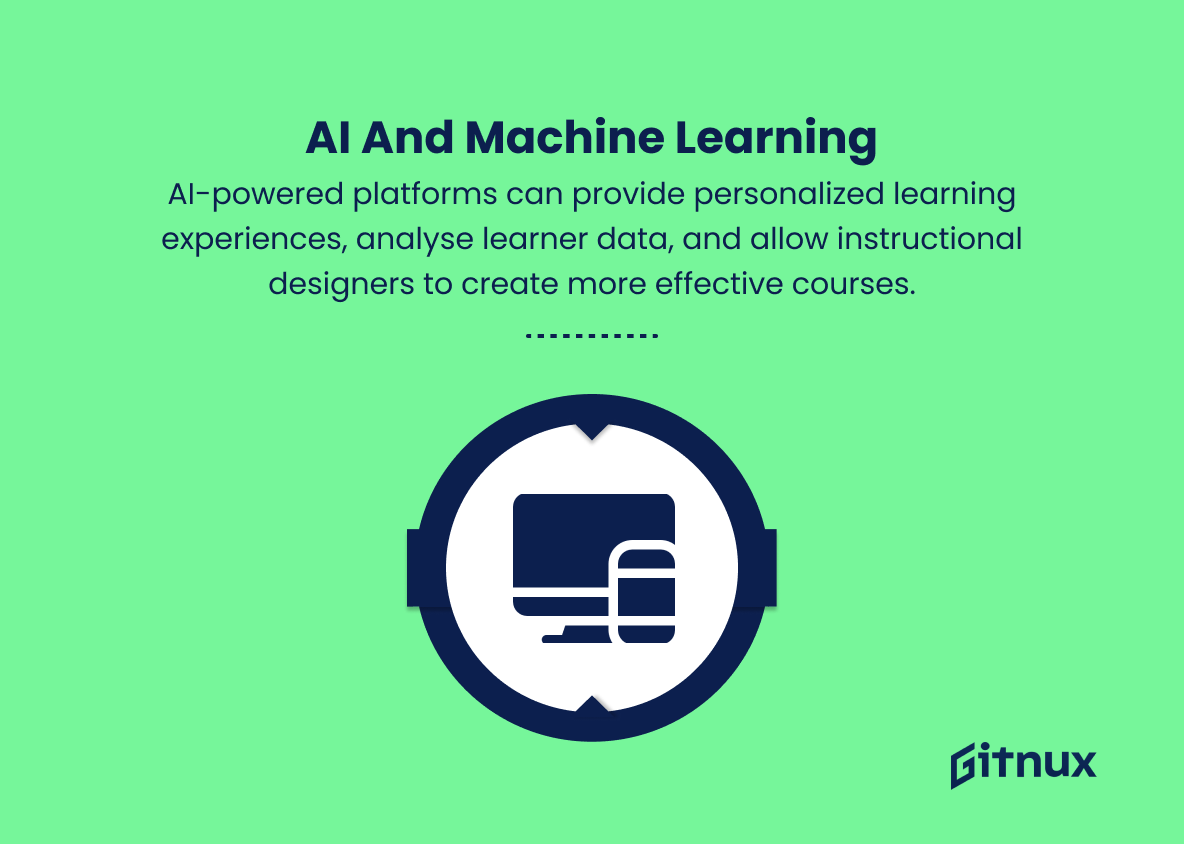In the ever-evolving landscape of e-learning and digital training, staying up-to-date with the latest instructional design trends is crucial for educators and course creators alike. These trends not only reflect the advancements in technology, but also the continuously changing needs and expectations of today’s learners. As new insights emerge on the most effective strategies for engaging and retaining knowledge, instructional design must adapt, to create truly immersive and impactful learning experiences. In this blog post, we’ll explore key instructional design trends shaping the future of education.
Top Instructional Design Trends
1. Mobile Learning
As smartphones become increasingly prevalent, instructional design is adapting to create courses that are mobile-friendly and easily accessible on various devices.
2. Microlearning
Breaking down content into bite-sized, easily digestible chunks allows learners to better retain information and engage with the material at their own pace.
3. Gamification
Incorporating game elements, such as challenges, rewards, and leaderboards, into instructional design makes the learning experience more enjoyable and engaging for learners.
4. Adaptive Learning
Personalized learning experiences that adjust to individual learners’ needs and progress, allowing for a more tailored instruction that enhances understanding and retention.
5. Video-based Learning
Incorporating video content into instructional design allows learners to easily consume and retain complex information through visual storytelling.
6. Social Learning
Integrating social media and online forums into instructional design encourages discussion, collaboration, and sharing of ideas among learners.
7. Augmented Reality (AR) and Virtual Reality (VR)
Incorporating AR and VR into instructional design offers immersive, hands-on experiences that can enhance learning outcomes.
8. Artificial Intelligence (AI) and Machine Learning
AI-powered platforms can provide personalized learning experiences, analyse learner data, and allow instructional designers to create more effective courses.
9. Learning Analytics
Analysing learner data to identify trends and patterns can help instructional designers improve course content and delivery, making them more effective.
10. Blended Learning
Combining online and offline instructional methods, such as e-learning modules and face-to-face workshops, provides a balanced approach and caters to different learning styles.
11. Inquiry-based Learning
Encouraging learners to explore the content through questioning, experimentation, and problem-solving, which promotes critical thinking and deeper understanding.
12. Competency-Based Learning
Focusing on acquiring specific competencies or skills instead of just completing courses, allowing learners to progress at their own pace and ensuring mastery of the material.
13. Project-Based Learning
Incorporating real-world projects and problem-solving activities into instructional design allows learners to apply their knowledge in practice, enhancing understanding and retention.
14. Learning Experience Platforms (LXPs)
Providing personalized and collaborative learning experiences through platforms that incorporate features like social media, AI, and analytics.
15. Accessibility and Inclusive Design
Ensuring that courses and materials are designed with all learners in mind, including those with disabilities, to provide equal opportunities and remove barriers to learning.
Implications
The future of instructional design is rapidly evolving, as new technologies and methodologies are integrated into the learning experience. Mobile learning allows for a more accessible and convenient approach, with courses tailored for use on smartphones and other devices. Microlearning offers easily digestible content, while gamification makes learning more engaging through game elements.
Adaptive learning and AI-powered platforms enable personalized instruction catered to individual needs, while video-based content and social learning encourage collaboration and visual engagement. Augmented and virtual reality provide immersive experiences, increasing retention and understanding. Learning analytics assist instructional designers in creating more effective courses through data analysis, while blended learning ensures catering to various styles by combining online and offline methods.
Inquiry-based and competency-based learning prioritize practical application, critical thinking, and skill acquisition over mere completion of courses. Project-based learning enhances understanding through real-world experiences, and learning experience platforms integrate features like social media and AI. Finally, accessibility and inclusive design guarantee that all learners are provided with equal opportunities in a barrier-free environment.
Conclusion
In the rapidly evolving landscape of instructional design, staying abreast of current trends is essential for professionals in the field. From the increased adoption of microlearning and gamification to the rise of data analytics and artificial intelligence, modern instructional designers must be proficient in multiple approaches to effectively engage learners and meet their diverse needs.
As we move forward, it’s clear that collaboration, creativity, and adaptability will be crucial in the continued development of innovative instructional solutions. By embracing these trends and seeking opportunities for growth, instructional designers will undoubtedly play a pivotal role in shaping the future of education and corporate training.















